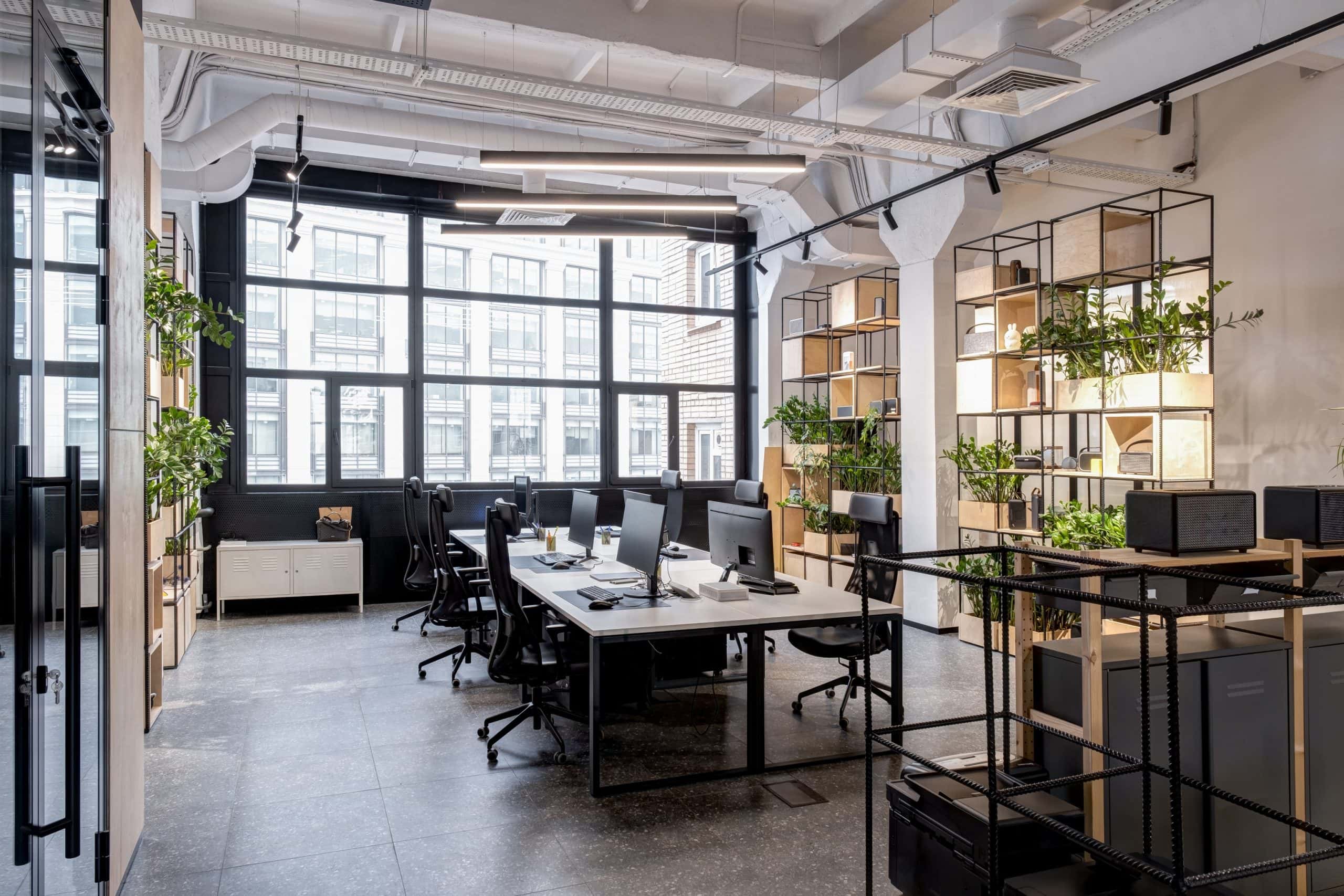
The office landscape as we know it has changed a great deal in recent times. This is due to the changing nature of the work we do – and the different needs and expectations that come along with it. What used to do the job some years ago may be completely obsolete nowadays. But is office redesign always the answer to such changes? Maybe there are some other ways to make the workplace keep on serving its purpose?
Why companies decide to redesign their office spaces?
There are many factors behind the decisions for office space redesign. Companies choose to redesign their offices because of low productivity levels, too much unused space, not enough space, inconsistency of the design with the brand, etc. Every organization has its own reasons, of course. They need, for example, more flexibility, a more modern feel and look, they want to provide their employees with a better work environment, take care of their well-being. These reasons are all valid, but the challenge involved in the process of redesign may sometimes be really big.
Challenges in redesigning an office space
Some of the most commonly reported concerns and challenges when it comes to redesigning the office space include changes in the style of management and communication resulting from shifting from e.g. closed cubicles to open-plan layouts or the other way round, getting the right mix of different sorts of rooms and spaces, making the office accessible to everyone, and making best use of the available space. That’s quite a lot to take in at the decision-making stage, and the majority of organizations say they still never get it right the first time. Add to that budget limitations and you can see that such an undertaking is never easy.
Office redesign alternativesIn light of the above, decision-makers tend to seek for alternate ways to refurbish their offices. And there are options that make redesign possible without changing the entire layouts. One such option is to furnish the office with new furniture that has been designed in response to the needs and expectations of modern workforce, with flexibility, privacy, and well-being in mind. Example? The hushMeet office pod by Hushoffice, which can act as a standalone meeting room (for both offline and online collaboration) and a chill-out zone on demand. Even small changes can make a big difference.